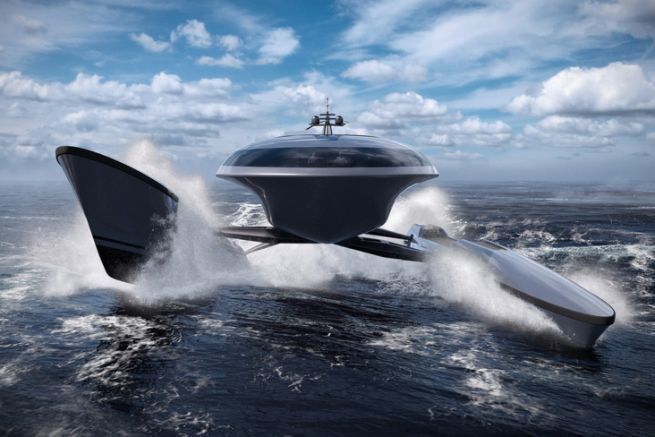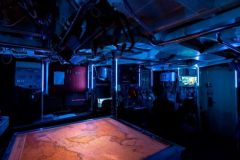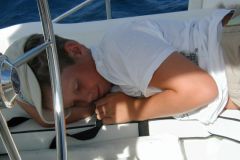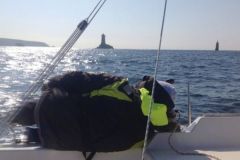A marine electric suspension to combat seasickness
Servo Yachts euros founded by David Hall euros has developed a revolutionary suspension technology to combat seasickness. In collaboration with Shuttleworth Design, an award-winning UK-based studio, he designed the 165-foot catamaran Martini 7.0 that incorporates marine stabilization techniques to allow the yacht to glide more easily through the sea, avoiding the types of movements that typically cause seasickness in boaters.
This electric suspension technology reacts in real time to the movement of the sea. The double hulls - positioned on each side of the central euro hull - manage and absorb roll and pitch movements to provide absolute comfort to passengers.
1 in 3 people are considered to be very sensitive to motion sickness. With prolonged exposure to intense movement, almost everyone will get motion sickness.
U.S. National Library of Medicine
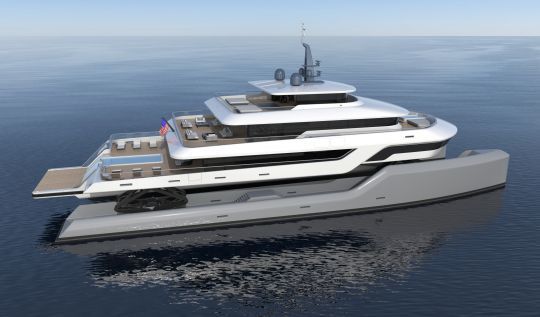
Two dynamic hulls that adapt to the movements of the sea
The Martini 7.0's suspension system connects the main hull to two dynamic hulls, which adapt to the height and angle of the waves. This design also causes less drag than traditional yachts, making the boat even more efficient, not only safe and comfortable, but also faster in rough conditions. This system adapts to the data received in real time based on an automated electromechanical computer system. This active technology would be much more efficient than current passive marine stabilization devices, which take longer to react to sea movements.
This technology has been in development for more than eight years. As for the Martini 7.0, it is the next generation in a series of smaller prototypes, ranging from 17 to 45 feet, which have been developed and tested in the San Francisco Bay. This was followed by the Martini 6.0 concept, a 150-foot fast catamaran yacht.
The system can be applied to all types of vessels, including superyachts, cruise ships, workboats, ferries, navy transport vessels, offshore transfer vessels and search and rescue vessels.
In the first video, you can discover the system developed in 2013 in test on a prototype. The 2nd video is a 3D rendering of the Martini 6.0 in action.
